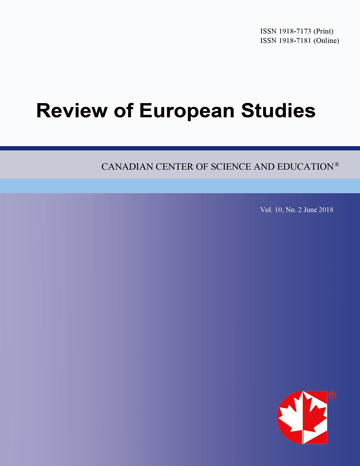Analysis of the Operational Effects of Danish Flexicurity Model
Abstract
European Union’s flexicurity model is an operational method that reinforces the elasticity of the labor markets of its member countries and improves the employment level. This model emphasizes that flexibility and security are not contradictory but mutually supplementary and supportive. Labor policies constituted by all countries consider the trade-off between the flexibility and security to coordinate roles of the labor policies. The flexicurity model shows its validity in solving the employment problems in member countries of European Union, especially in Danmark. This paper first introduces the connotation of European Union’s flexicurity model, highlights its flexibility and safeguarding; second, it introduces the operational method and results of European Union’s flexicurity model in Denmark ; finally, this paper considers the features of the disadvantaged groups in China and proposes the way to construct the flexicurity system of the employment of disadvantaged groups from the perspectives of choosing the balance point of the flexicurity model, strengthening education and training system, reinforcing unemployment insurance, implementing active labor market policies, establishing and improving social dialogue mechanism, etc.
 PDF
PDF
